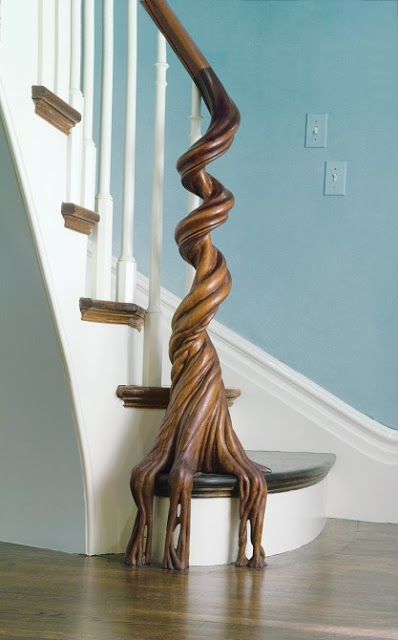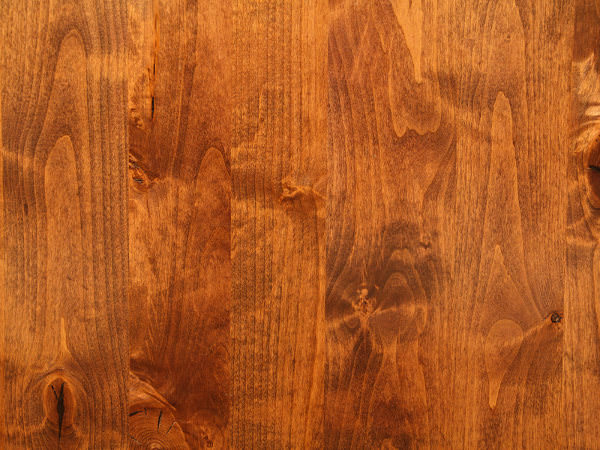Blackjack Oak Tree Definition
Posted By admin On 28/03/22Uncommon small tree of uplands, most often growing on poor, dry sites. Intolerant of shade. The large, coarse leaves are club-shaped, thick, glossy above, and hairy below. Water Oak (Quercus nigra) also has club-shaped leaves, but is not otherwise similar - it's a large tree of wet areas, with much smaller, smooth leaves and less rough bark.
A small oak, Quercus marilandica, of the eastern U.S., having a nearly black bark and a wood of little value except for fuel. Verb (used with object) to strike or beat with a blackjack. To compel by threat. On March 25th 2017, the Blackjack Oak leafed out nicely. On April 1st 2017, the new leaves of the Blackjack Oak were slowly fading from pink to pastel green, and taking on their unique shape. In the summer of 2017, this tree became afflicted with the same mysterious yellow spots as the Nuttall Oaks and the Red Maple.

Like other oaks, the staminate (male) flowers are in drooping catkins.

Orange Co., NC 4/12/08.
Scotland Co., NC 4/20/05.
Fall foliage is red to brown.
Durham, NC 11/18/06.
Blackjack Trees Photo
Blackish, blocky bark of a large tree.
Unique Trees of North Texas:
Blackjack Oak


Blackjack Oak Tree Leaves
(Quercus marilandica)
By Jeremy Priest
This interesting oak species is often an associate of the better-known post oak, but blackjack oak is even more drought tolerant and survives on some of the toughest sites around. Owing to these extremely poor sites, blackjack oak often seems to be a smaller, stunted oak, with 100-year-old trees sometimes only being 20 feet tall and only a foot in trunk diameter. Don’t let it fool you though, blackjack can make for a beautiful shade tree and grows quite large when water is adequate. It is never a fast-growing tree, but on good sites growth rates may be nearly double that of post oak. The limiting factor for blackjack oak is an extreme intolerance to shade. This tree needs full sun so much so that its lower branches are easily shaded out by the upper canopy of the tree. Much like bald cypress evolving to tolerate extremely wet sites, blackjack oak has evolved to tolerate very poor and dry sites so that it can achieve full sun.
The common name most likely relates to the leaf shape and dark appearance of these trees. Not only is the bark dark and almost black, but the large thick leaves provide heavy shade. This tree also uniquely retains its dead understory branches and during the winter has leaf marcescence. This can lead to an overall spooky appearance when multiple blackjack oaks grow near each other. Most of the time the dead branches add to the look of the tree and there is no reason to remove them, unless there is a strong likelihood of damage if the branch were to fall. Since these lower branches are dying due to shade, these dead branches do not represent an issue with the tree, and it is completely natural for blackjack. If branches on the top of the tree die then there is a problem with the tree.
Blackjack oak is fairly easy to identify from overall appearance, but the leaves are also quite distinct. As with other oaks they are simple, with a smooth margin, and are arranged alternately. For blackjack the leaves are large and only have three somewhat rounded lobes which are not deeply cut into the leaf, although this varies considerably. The leaves are very dark and thick, with points at the tip of the lobes as blackjack is considered a “red oak”. Most oaks with rounded lobes fall into the white oak category, so look for the bristles on the tips of the leaf to ID blackjack oak. The bark is very dark, but does have a red appearance underneath if damaged. Like all oaks, this tree has acorns which are small but otherwise fairly normal.
Although the scientific name of this species means “of Maryland”, this tree is native across most of the southeastern US and encompasses the Cross Timbers region. Blackjack oak is not tolerant of highly alkaline soils which is why it has a slightly narrower range than post oak. The minimum annual rainfall needed is 17 inches according to USDA Plants Database, and it does not tolerate anaerobic conditions, i.e. flooding. One of the densest populations of blackjack oak in Arlington’s parks is at the Southwest Nature Preserve. This upland site is very dry and rocky but is also acidic and iron rich which is visible in the exposed red soil on the hilltop.
The native range of blackjack oak includes the Cross Timbers
As mentioned before, this a red oak species which most notably means there are no tyloses in the xylem vessels. Blackjack is shade intolerant as with most red oaks and though decay resistance is still high, there is less decay resistance than the white oak family. However, blackjack is extremely drought tolerant and can survive with minimal annual growth which is not normal for red oak species. It also has an extremely long lifespan, probably exceeding 100 years. The average lifespan is not easy to predict as this tree is not very common, but there is probably high mortality when young. Blackjack oak does not like competition and needs full sun, but otherwise experiences few health problems. If planted, soil drainage and pH could be an issue for tree health. Blackjack oak can reach heights of 40-50 feet and crown diameters of 40-60 feet. The largest one I’ve seen in Tarrant County (top photo) was over 30 inches trunk diameter and would have been one of the largest on record in Tarrant County. This large tree was probably over 110 years old, unfortunately it was recently removed, perhaps because the developer did not understand the value of a large blackjack oak. The state champion tree is in Henderson County and is 43 inches in diameter with a height of 65 feet.